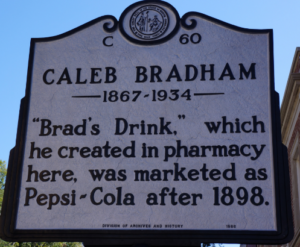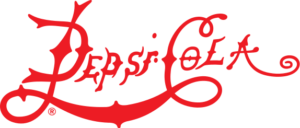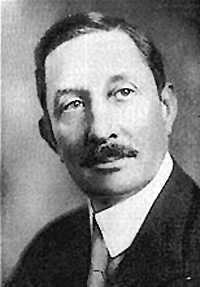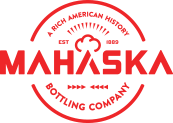Over a century ago, the monster brand that we all know today, Pepsi, was born. In 1893, North Carolina native, Caleb Bradham, invented  “Brad’s Drink” in the drug store that he owned. Brad’s drink, one of many formulations developed by Bradham, consisted of sugar, water, caramel, lemon oil, nutmeg, and other natural additives. Bradham developed this beverage in hopes of not only creating a universally loved refreshment, but more importantly, a “healthy” cola to help aid digestion. Inspired by the word dyspepsia, meaning indigestion, “Brad’s Drink” would later be renamed by Bradham as “Pepsi-Cola” in 1898.
“Brad’s Drink” in the drug store that he owned. Brad’s drink, one of many formulations developed by Bradham, consisted of sugar, water, caramel, lemon oil, nutmeg, and other natural additives. Bradham developed this beverage in hopes of not only creating a universally loved refreshment, but more importantly, a “healthy” cola to help aid digestion. Inspired by the word dyspepsia, meaning indigestion, “Brad’s Drink” would later be renamed by Bradham as “Pepsi-Cola” in 1898.
Pepsi-Cola instantly took off and by 1902, and the Pepsi-Cola Company was formed. Caleb’s drug store was no longer a sufficient environment to manufacture and package the product and had to be moved to a warehouse the following year. Business quickly began to grow and by June 1903, “Pepsi-Cola” was officially trademarked. Demand for the drink consistently and continually rose, leading to Bradham’s decision to start offering bottled versions of the beverage. The introduction of six-ounce bottles

One year and a few logo changes later, the company’s slogan became “The Original Pure Food Drink.” The timing of this slogan addition came conveniently right before the federal government passed the Pure Food and Drug Act. This act banned substances such as arsenic and lead from food and beverages, which were surprisingly fairly common ingredients at the time. The Pure Food and Drug caused many companies to change their formula, such as Coca-Cola, but Pepsi-Cola was free of any of these ingredients and kept manufacturing their original formula.

Year after year, sales continued to double and eventually Pepsi-Cola grew to over 40 franchises by 1907. “Pepsi-Cola” was now not only trademarked in the U.S., but Mexico and Canada as well. A year later, Pepsi-Cola had 250 bottlers in 24 states and the company seemed to be on top of the world. However, a harsh reality struck when World War 1 led to a substantial increase in the price of sugar. The severe rationing of sugar led to the company’s failure to meet consumer demands. Available substitutes at the time did not cut it for the company or the customers and by 1931, Pepsi Cola was officially bankrupt. Although the company saw some hard times, this was not the end of Pepsi-Cola, as well all know!





